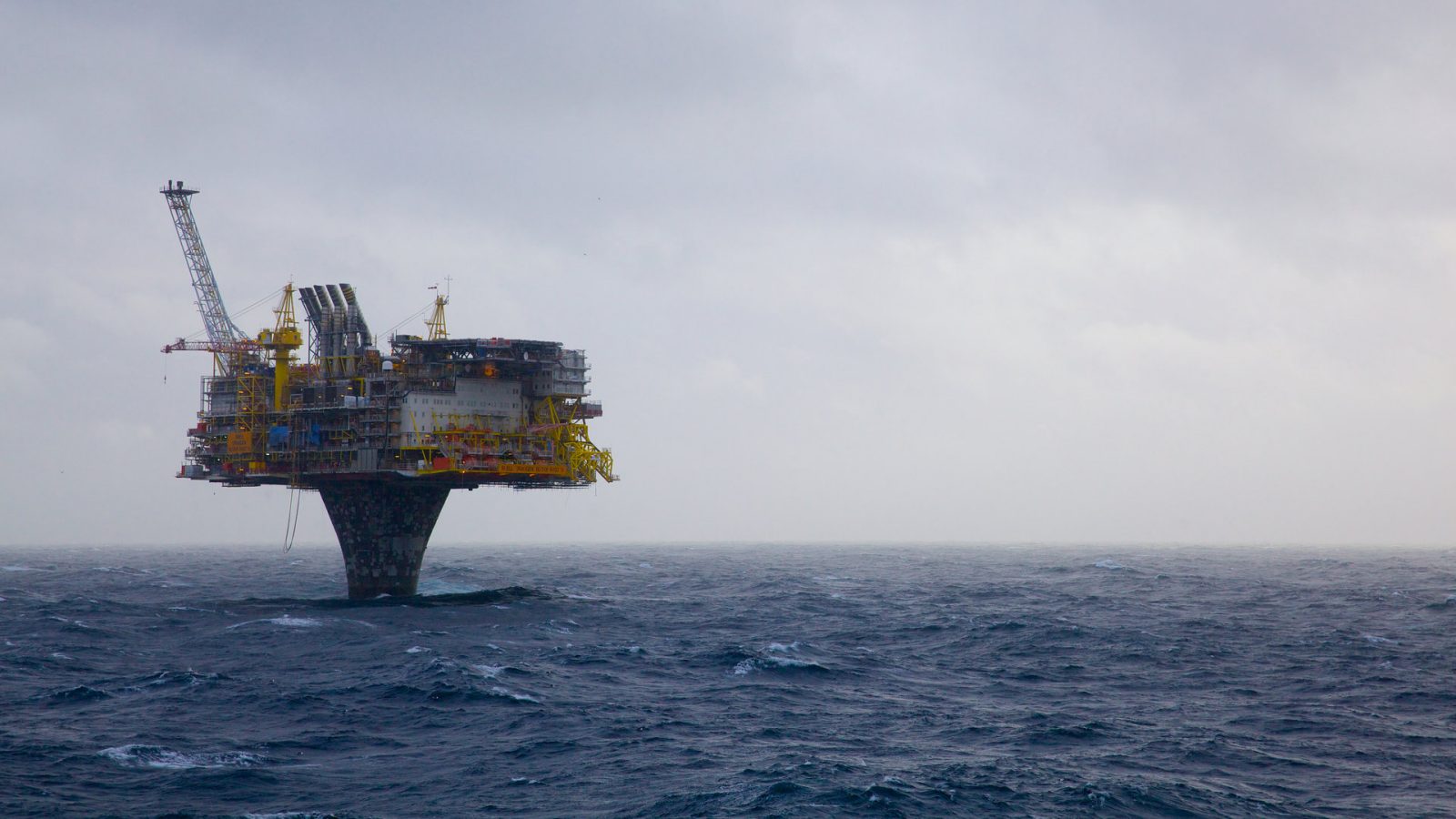

These risks are further compoundedīy complex governance and sovereignty issuesīetween circumpolar nations (Canada, U.S., Gas prices could spark renewed interests thatĬould pose unacceptable risks of pollution from To explore and develop an offshore CanadianĪrctic drilling industry, a resurgence in oil. Recent low oil prices, a low carbon economyĬlimate agenda, and technical challenges ofĪrctic oil extraction have curbed interest in Read moreĮxploitation of rich hydrocarbon resources This led us to ideas that: (1) seep activity on the Southern Vøring Plateau was started with large input of the deep thermogenic gas and gradually decries in time with increasing of biogenic constituent (2) authigenic carbonate precipitation started at the near normal deep sea environments with bottom water temperature around +5 ☌ and continues with gradual cooling up to negative temperatures recording at present time. Significant variations in δ13C (−31.6‰ to −59.2‰) and δ18O (0.42‰ and 6.4‰) of methane-derived carbonates collected from these structures most probably related to changes in gas composition and bottom water temperature between periods of their precipitation. Calyptogena sp.) bivalves belonging to chemosymbiotic families. Dead and subfossil fauna recovered from various seep sites consist of solemyid (Acharax sp.), thyasirid and vesicomyid (cf. From other side, considerable number and variety of chemosynthetic macro fauna with complete absence of living species suggest that present day level of fluid activity is significantly lower than it was in past. These evidences point to ongoing fluid activity (continuous seepage of methane) through these structures.
Draugen oil field tv#
Although no obvious evidence of fluid seepage was observed during the TV surveys, coring data revealed a broad distribution of living Pogonophora and bacterial colonies on sea bottom inside seep structures. Pore water δ18O ranges from 0.29 to 1.14‰ showing an overall gradual increase from bottom water values (δ18O ∼ 0.35‰). The sulfate depletion generally occurs within the upper 30–200 cm bsf and usually coincides with an increase of methane concentration. δ13C of methane (between −68 and −94.6‰ VPDB) and dry composition of the gas points to its biogenic origin. Number of high hydrocarbon (HC) gas saturated sediment cores and 5 cores with gas hydrate presence have been recovered from these structures. activity is concentrated on the top of these “seep mounds”. Our data shows that the present day fluid. High-resolution sidescan sonar and subbottom profiler data suggest that most of the studied fluid discharge structures have a positive relief at their central part surrounded by depression. Multidisciplinary study of seep-related structures on Southern Vøring Plateau has been performed during several UNESCO/IOC TTR cruises on R/V Professor Logachev.


 0 kommentar(er)
0 kommentar(er)
